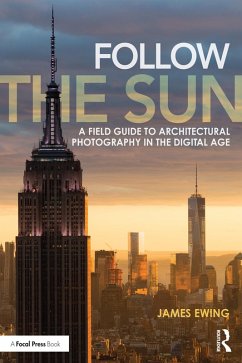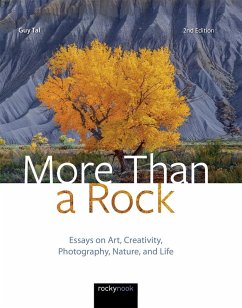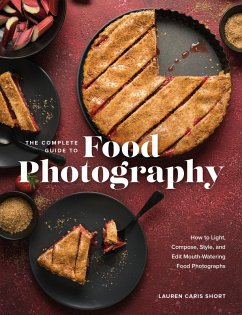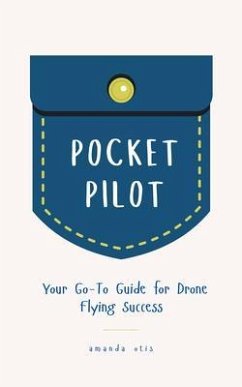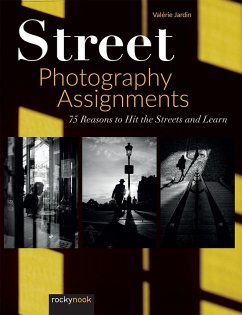
Architectural Photography, 3rd Edition (eBook, ePUB)
Composition, Capture, and Digital Image Processing
Versandkostenfrei!
Sofort per Download lieferbar
20,95 €
inkl. MwSt.
Weitere Ausgaben:

PAYBACK Punkte
10 °P sammeln!
Architectural photography is more than simply choosing a subject and pressing the shutter-release button; it's more than just documenting a project. An architectural photograph shows the form and appeal of a building far better than any other medium. With the advent of the digital photographic workflow, architects, real estate firms, and interior designers are discovering exciting new opportunities to present and market their work. But what are the ingredients for a successful architectural photograph? What equipment do you need? How can you improve your images in the digital darkroom? Why doe...
Architectural photography is more than simply choosing a subject and pressing the shutter-release button; it's more than just documenting a project. An architectural photograph shows the form and appeal of a building far better than any other medium. With the advent of the digital photographic workflow, architects, real estate firms, and interior designers are discovering exciting new opportunities to present and market their work. But what are the ingredients for a successful architectural photograph? What equipment do you need? How can you improve your images in the digital darkroom? Why does a building look different in reality than it does in a photograph? In this book you will find the answers to these questions and much more. Author Adrian Schulz-an architect and photographer by training-uses real-world projects to teach you how to:
This book is a step-by-step guide to architectural photography for both the aspiring amateur photographer interested in architectural photography and the professional photographer who wants to expand his skills in this domain. Moreover, architects themselves will find this book motivating and inspiring. This third edition has been extensively revised and includes 90 new images and illustrations. Updates include information on topics such as:
With this book, you'll learn a variety of creative tips, tricks, and guidelines for making the perfect architectural image.
- Capture outstanding images of buildings, inside and out
- Choose the right equipment and use it effectively
- Compose architectural shots
- Work with ambient and artificial light
- Process images in an efficient workflow based on Adobe Photoshop
This book is a step-by-step guide to architectural photography for both the aspiring amateur photographer interested in architectural photography and the professional photographer who wants to expand his skills in this domain. Moreover, architects themselves will find this book motivating and inspiring. This third edition has been extensively revised and includes 90 new images and illustrations. Updates include information on topics such as:
- Photographic technology, including digital cameras, lens quality and construction, and large format cameras
- Shooting techniques
- The real life of a professional architectural photographer
- Traveling
- Analog to digital shooting
- Stadium photography
- Image Processing, including screenshots from the latest image-processing software such as Adobe Photoshop CC
With this book, you'll learn a variety of creative tips, tricks, and guidelines for making the perfect architectural image.
Dieser Download kann aus rechtlichen Gründen nur mit Rechnungsadresse in A, D ausgeliefert werden.




